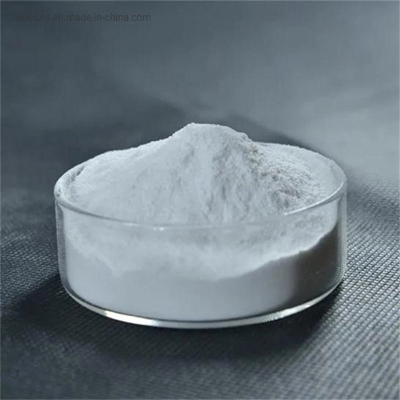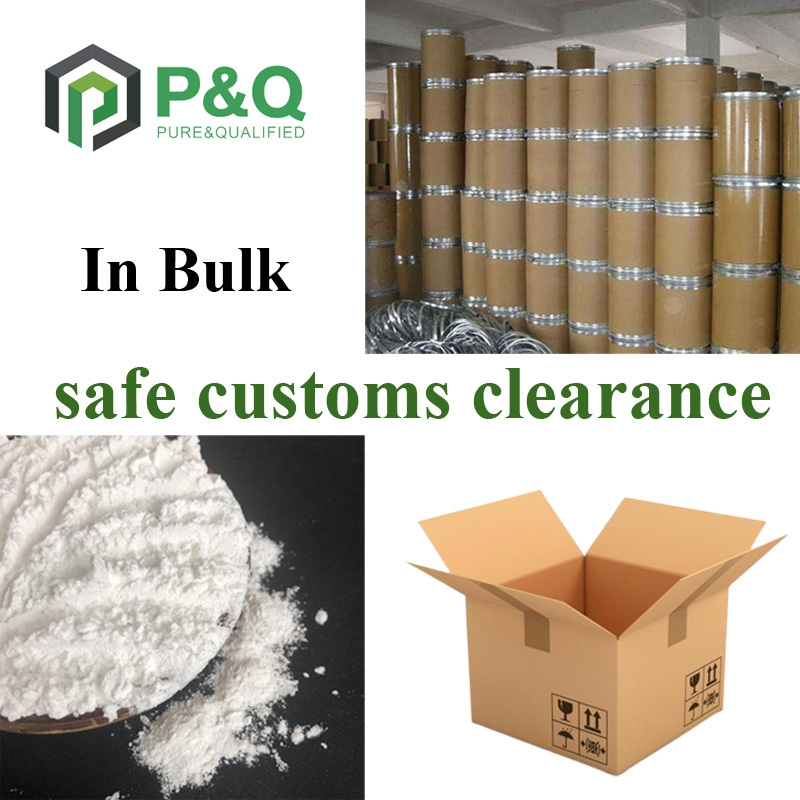-
Categories
-
Pharmaceutical Intermediates
-
Active Pharmaceutical Ingredients
-
Food Additives
- Industrial Coatings
- Agrochemicals
- Dyes and Pigments
- Surfactant
- Flavors and Fragrances
- Chemical Reagents
- Catalyst and Auxiliary
- Natural Products
- Inorganic Chemistry
-
Organic Chemistry
-
Biochemical Engineering
- Analytical Chemistry
- Cosmetic Ingredient
-
Pharmaceutical Intermediates
Promotion
ECHEMI Mall
Wholesale
Weekly Price
Exhibition
News
-
Trade Service
related topics
1, Principle
Phenylalanineamonialyase (PAL) catalyzed the desalination reaction of phenylalanine, so that NH3 released to form trans cinnamon acid. This enzyme plays an important role in the metabolism of secondary biomass (e.g. ligands, etc.) in plants. According to its product, trans cinnamon acid at 290nm light absorption changes can determine the activity of the enzyme.II, materials,
instruments
and
reagents
(i) Materials: potato tubers
(ii) instruments and equipment: 1. UV
ternometer
; 2.
Centrifuges
;3. Research; 4. Filter bottles; 5. Red light devices; 6. Punchers.
(iii) Reagents: 1. 0.05mol/L borate buffer solution (pH8. 8);3. Experimental step
1. Potato pical preparation Wash and peel potato tubers, use a puncher (1.5cm diameter) to take the cylinder, cut off the two near the skin, the middle part cut into 2mm thick fillets. First rinse with tap water, and finally wash with distilled water, with gauze to absorb water from the surface.
2. Light induction The fillets are tiled in
cultured
dishes of wet filter paper and treated with 24h in red light of 20 to 30 degrees C to induce PAL (can also be inoculated with pathogen induction, etc.).
3. Preparation of an enzyme coarse liquid 5g of induced potato fillets, plus 10 ml of boric acid buffer containing 5mmol/L -based ethanol, 0.5g polyethylene plutaneone (PVP) or PolyclarAT (removal of phenolic toxicity, to prevent color interference, a small amount of quartz sand in the study. Homogenous pumping
filtration
, filter 10,000 rpm centrifugation 15min, the upper liquid for the enzyme coarse pickup. All of the above operations are carried out at 0 to 4 degrees C.
4. Activity determination and calculation of 1 ml enzyme liquid plus 1 ml 0.02mol/L phenylalanine, 2 ml distilled water, total volume of 4 ml. In contrast to no substrate, add an extra 1 ml of distilled water, reaction liquid in
stration temperature
water bath 30 degrees C insulation, 0.5h after the ultraviolet hydrometer at 290nm to determine the absorbance. One unit (equivalent to 1 μg cinnamon acid per milliliter reaction mixture) is required for a change in light absorption of 0.01 per hour at 290nm.
protein
protein is measured using Folin-Phenol.。







